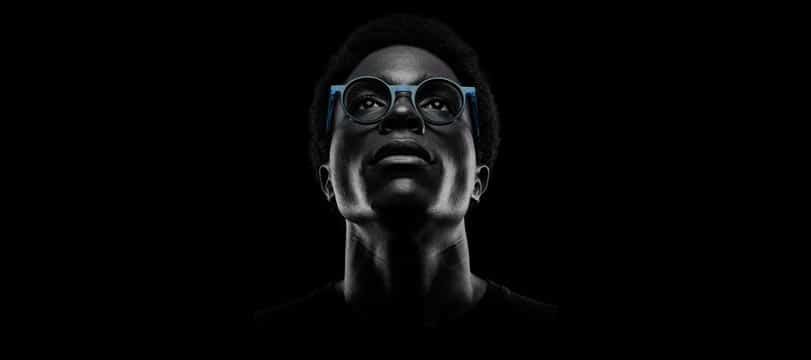
02:45 -
© Jean Nouvel x Morel
Designers are a versatile bunch and they love a good challenge. Furniture, architecture, tableware, they dip their toe into everything and aren’t afraid to break the rules in the process. When it comes to designing glasses, there’s a lot to consider. But designers don’t give up easily. Let’s take a look at what the big names and emerging talents are up to!
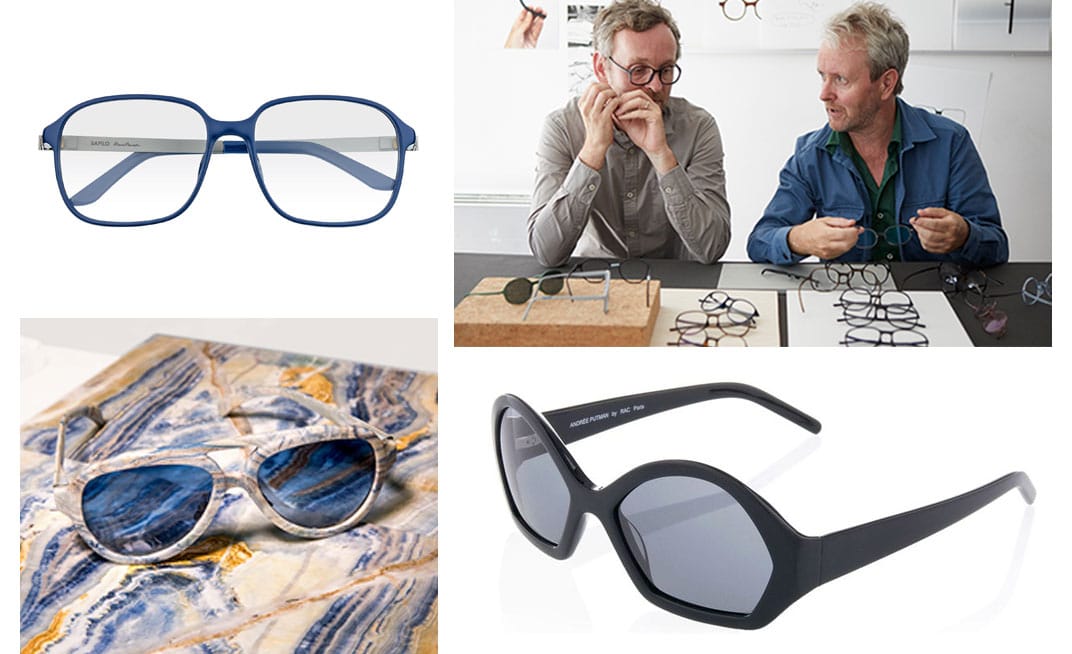
© Marc Newson x Safilo (hg) / Bourollec x Jins Design (hd) / Valério Cometti x Budri Eyewear (bg) / Andrée Putman x RAC Paris (bd)
They have an expert eye, a way with a pencil and their approach is often visionary. So, when designers venture into the world of eyewear, they want to add their personal touch. That detail we’ll still be talking about years later. In the 60s and 70s, innovative Swedish designers like Carl-Arne Breger and Sigvard Bernadotte helped establish Skaga’s unique understated, technical style.
Long before collabs were a thing, daring design goddess Andrée Putman brought her signature black and white colour palette to RAC Paris, creating a collection that was released in 2009. More than just a trend, collaborations between designers and brands tell a story, while overcoming technical challenges.
Eyewear or artwork? Valerio Cometti’s marble frames for Budri Eyewear are the perfect example of glasses that defy gravity.
The Bouroullec brothers for Jins Design Project, Ora Ito for Morel and Marc Newson for Safilo are other success stories.
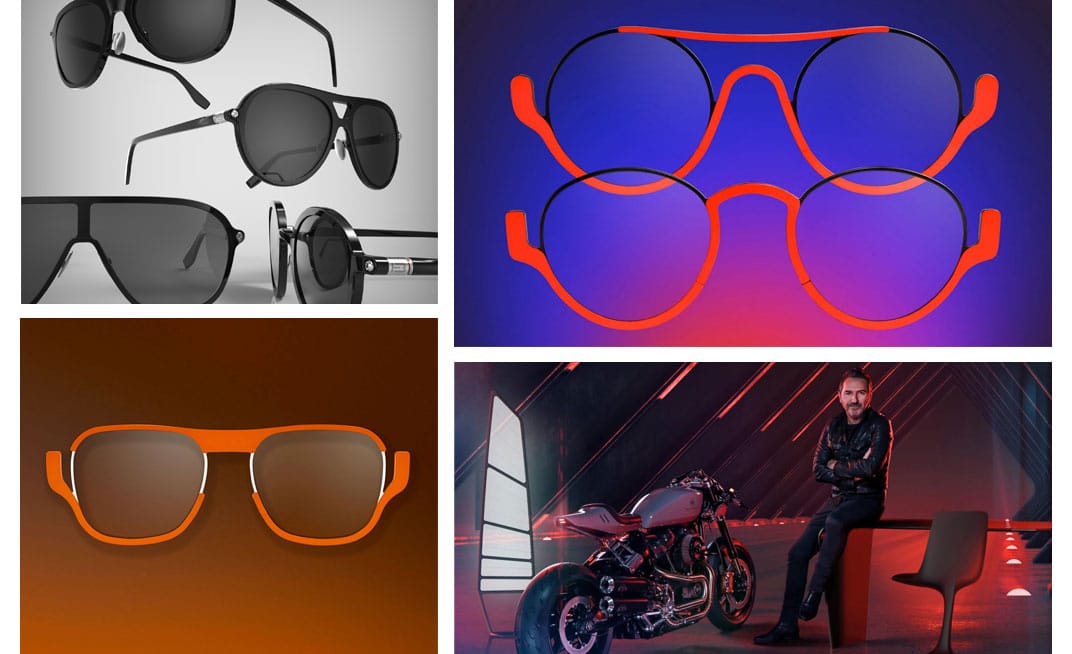
© Blacktrack (hg) / Matali Crasset x Théo (hd & bg) / Sacha Lakic (bd)
That ability that designers have to question everything, transform the ordinary and surprise, jumps out at you from their glasses.
Matali Crasset has four collections for Theo Eyewear under her belt. She expresses her personality through pure, bold shapes that almost look like they are floating. She loves the “artistic shift that sees an object become a human adventure”.
Colourful designer Sacha Lakic (the man behind Roche Bobois’ Bubble sofa) is the founder of motorbike and eyewear brand Blacktrack.
“As a designer, glasses are something I get excited about, because they directly impact how a person sees the world. There are countless ways to innovate both in terms of aesthetics and the functionality. At Blacktrack, we embrace the technical features of motorbikes, with our torx screws and poppet valve-shaped temples. That’s how we innovate. And I completely understand Starck’s glasses with their ball joint temples, they’re fantastic. Everyone has plenty of imagination…” he admits.
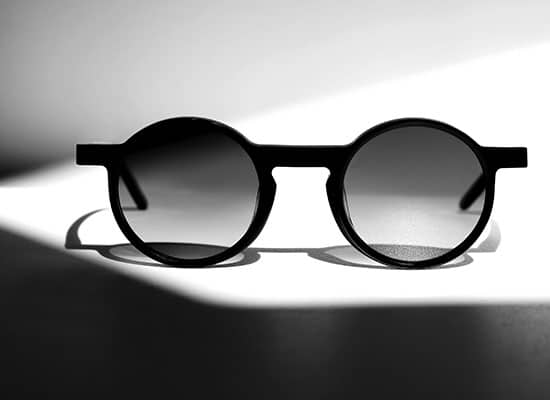
© Jean Nouvel x Morel collab
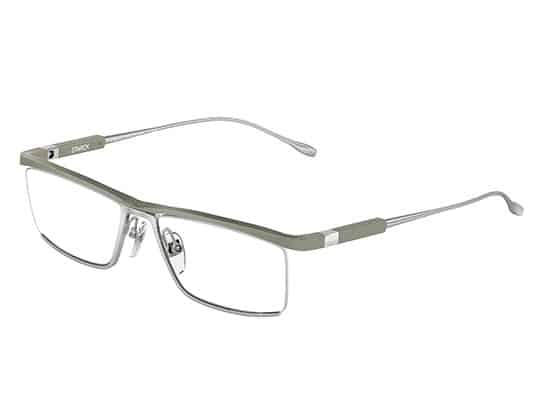
© Starck Biotech Paris
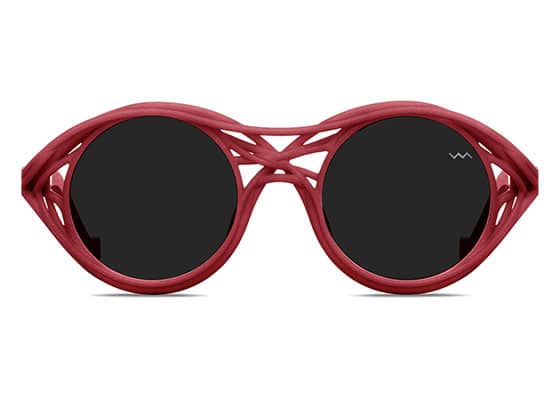
© Vava x Kengo Kuma collab
Philippe Starck’s bionism means finding inspiration in living matter to design technology better suited to humans. The famous French designer developed Biolink© technology for STARCK BIOTECH PARIS: a screwless hinge inspired by the human collarbone that promises more comfortable, flexible glasses.
Sometimes, there is only a fine line between designing glasses and architecture. Jean Nouvel describes himself as an “architect who designs”. The frames he created for Morel are a bridge between two universes which, at first glance, don’t seem compatible. And yet, the architectural lines, combination of materials and technical features hidden behind the simple aesthetics make this collection the ultimate in understated architectural style.
Materiality, structure, utility… when you get down to the nitty-gritty, architecture may not be so different to eyewear. Just look at Japanese architect Kengo Kuma’s creations for Portuguese brand Vava. Printed using a 3D printer, the intertwining elements of the frames draw inspiration from the Japanese building techniques the architect often talks about.
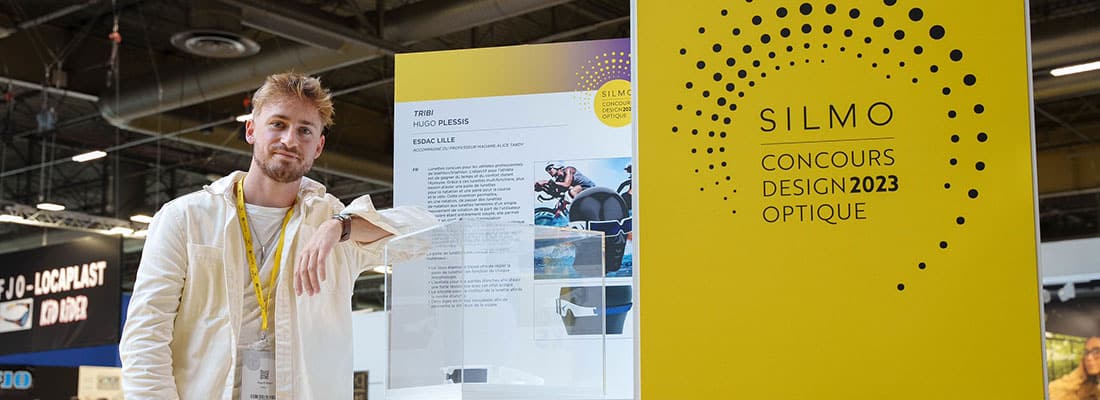
© Silmo 2023
Designers, like architects, have to find a way to ensure that creativity goes hand in hand with function and comfort. On top of that, designs need to be inclusive, sustainable and eco-friendly.
“You need to be comfortable wearing your glasses for hours. It took a lot of trial and error to create frames that suit not just him and her, but also any face shape, and which can be fitted with prescription lenses,” explains Sacha Lakic.
Philippe Starck, who uses bio-based materials, believes that “human creation is only acceptable if the focus is on durability and longevity”.
The young designers of the future are particular mindful of this. The jury for the 2nd edition of the SILMO Optical Design Contest was blown away by the reversible glasses created by Hugo Plessis, student at Lille ESDAC. Jury Chair and Interior Designer Marie-Christine Dorner sang the praises of his design which flaunts “unprecedented” aesthetics, materials and innovations which deserve to become reality. Another hurdle facing young designers.
Celebs and the younger generations are only getting started shaping the glasses of the future, regardless of the obstacles. Just watch this space!
written by Yanita Kostova
Rewritten by Joy McCain